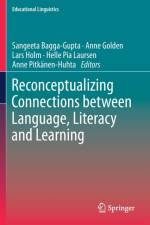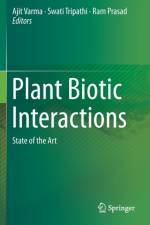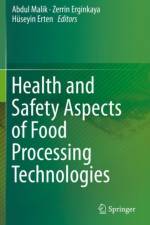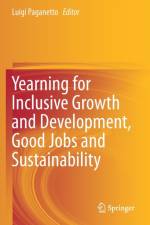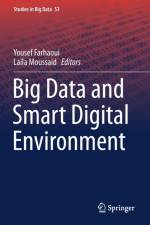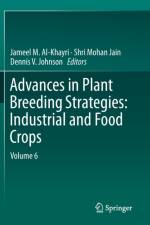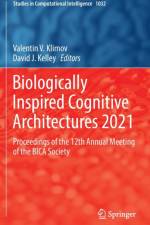2 267
This book was inspired by the inaugural National Roundtable on Environmental and Sustainability Education in Canadian Faculties of Education (Roundtable 2016), which took place June 14-16, 2016, at Trent University in Peterborough, Ontario. Roundtable 2016 brought together over seventy participants from across Canada, including educators, researchers, policy-makers, consultants, and community organizations. Over the course of three days, participants took part in keynote addresses, research colloquia, networking socials, and collaborative inquiry activities focused on Environmental Sustainability Education in Teacher Education (ESE-TE). Roundtable 2016 resulted in the publication of a National Action Plan containing action-oriented recommendations for enhancing ESE-TE, and a position statement titled ¿The Otonabee Declaration,¿ where delegates articulated their views regarding environmental degradation, the critical need for enhancing ESE-TE, and, the role educators, children,youth, educational institutions, policy makers, and Indigenous communities play in enhancing ESE-TE in Canada. This volume concludes with a discussion placing current Canadian ESE-TE theory and practice within an international context.

